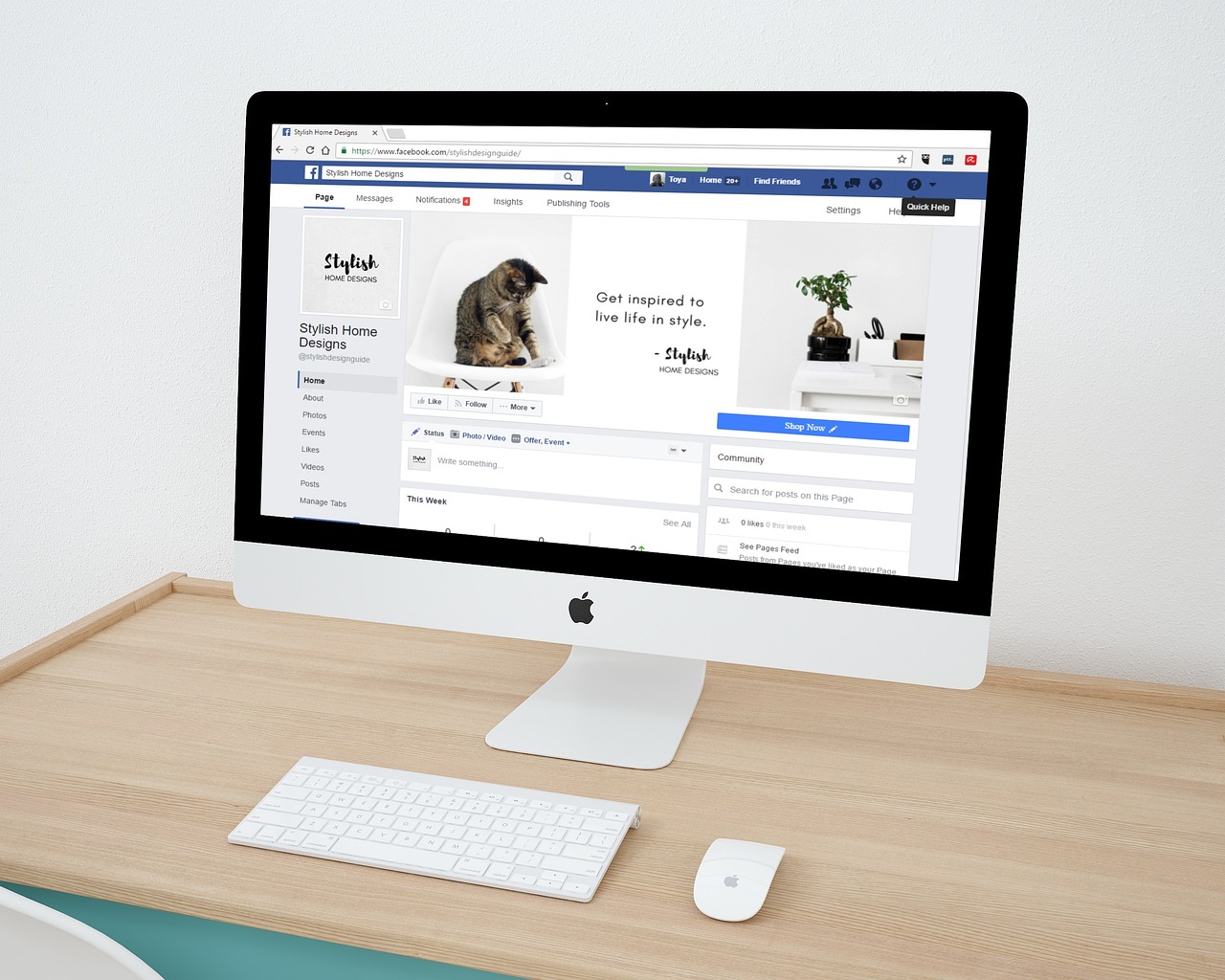Social media marketing is a powerful tool for driving traffic, increasing brand awareness, and boosting conversions. However, even the most well-crafted campaigns can fall short if your website isn’t up to par. Your website is often the final stop for potential customers, making it essential that it aligns with the high engagement levels from your social channels. With the right web design strategies, you can turn these visitors into loyal customers and advocates.
Here are the top seven web design tips to help you improve conversions from social media marketing efforts:
1. Prioritize Mobile Optimization
With so many users accessing websites via mobile after clicking through from social media, it’s crucial your site is fully optimized for mobile devices. Mobile users expect a seamless experience with fast load times and intuitive navigation. Websites that aren’t mobile-friendly risk high bounce rates, lost conversions, and damaged brand reputation. Optimize images, minimize pop-ups, and ensure all design elements are easy to interact with on smaller screens. Remember, a mobile-friendly website is not just a responsive layout; it’s about creating a complete, user-friendly experience on all devices.
2. Design an Engaging, Visual Landing Page
Landing pages tailored to social media audiences can significantly impact conversion rates. A landing page should provide a clear path to conversion, whether that’s making a purchase, signing up for a newsletter, or another action. Include visuals and graphics that resonate with the tone of your social media channels, as consistency between your social posts and landing page design reinforces brand trust. Use captivating headlines, strong calls-to-action (CTAs), and engaging visuals to keep users interested and encourage them to take the desired action.
3. Use Clear and Compelling Calls-to-Action (CTAs)
CTAs are the bridges between user interest and action. They should be clear, visually distinct, and persuasive. Keep your CTAs above the fold when possible, so users don’t have to scroll to find their next step. Phrases like “Shop Now,” “Learn More,” or “Join Us” should be actionable, easy to locate, and match the messaging of your social media campaigns. Use contrasting colors and bold fonts to make CTAs stand out, but ensure they still align with your website’s design aesthetic.
4. Optimize Loading Speeds
Slow websites are a common culprit behind lost conversions. Research shows that users are likely to abandon a site that takes longer than three seconds to load. Long loading times not only frustrate users but also impact your SEO rankings, which can further affect the visibility of your website on search engines. Reduce load times by compressing images, enabling lazy loading, and minimizing the use of large files or complex coding. Tools like Google PageSpeed Insights can help you identify areas where your website’s speed could improve.
5. Implement Social Proof Elements
Social proof, such as testimonials, user-generated content, or social media feeds, can make a big difference in building trust with new visitors. When users see positive reviews or engaging content from other customers, they’re more likely to feel confident in engaging with your brand. Adding a widget of your Instagram feed or customer reviews directly on landing pages can be a subtle but powerful way to increase credibility. You might also consider displaying real-time purchase notifications or “bestseller” badges to leverage social proof further.
6. Streamline Navigation and Minimize Clutter
Cluttered web pages confuse visitors and distract them from taking the intended actions. A clean, simple, and intuitive navigation structure makes it easy for users to find what they’re looking for. Focus on guiding users with minimal navigation links and straightforward menu labels that reflect the primary pages. Dropdown menus, excessive ads, and multiple CTAs can overwhelm visitors, so try to limit these elements and focus on providing a cohesive, streamlined experience. An organized website feels more professional and can positively influence users’ perception of your brand.
7. Use Consistent Branding and Color Schemes
A seamless transition from social media to your website strengthens brand recognition and trust. Consistent branding—including color schemes, fonts, and tone—ensures users feel they’re in the right place after they’ve clicked from a social media post. Incorporate colors that match your brand but also work well for web accessibility, as these will make your website more appealing and easier to navigate. Additionally, using the same fonts and visual elements as seen on your social media profiles helps to create a cohesive brand experience that feels familiar to users.
Wrapping Up
Improving social media marketing conversions through web design requires a holistic approach that puts user experience and branding at the forefront. From optimizing mobile experiences to ensuring quick loading speeds and clear CTAs, each of these design elements plays a role in guiding users from curiosity to conversion. Your website should feel like a natural extension of your social media presence, making the transition seamless and encouraging visitors to take action.
By implementing these web design tips, you can increase engagement, build trust, and ultimately convert more of your social media audience into loyal customers.

